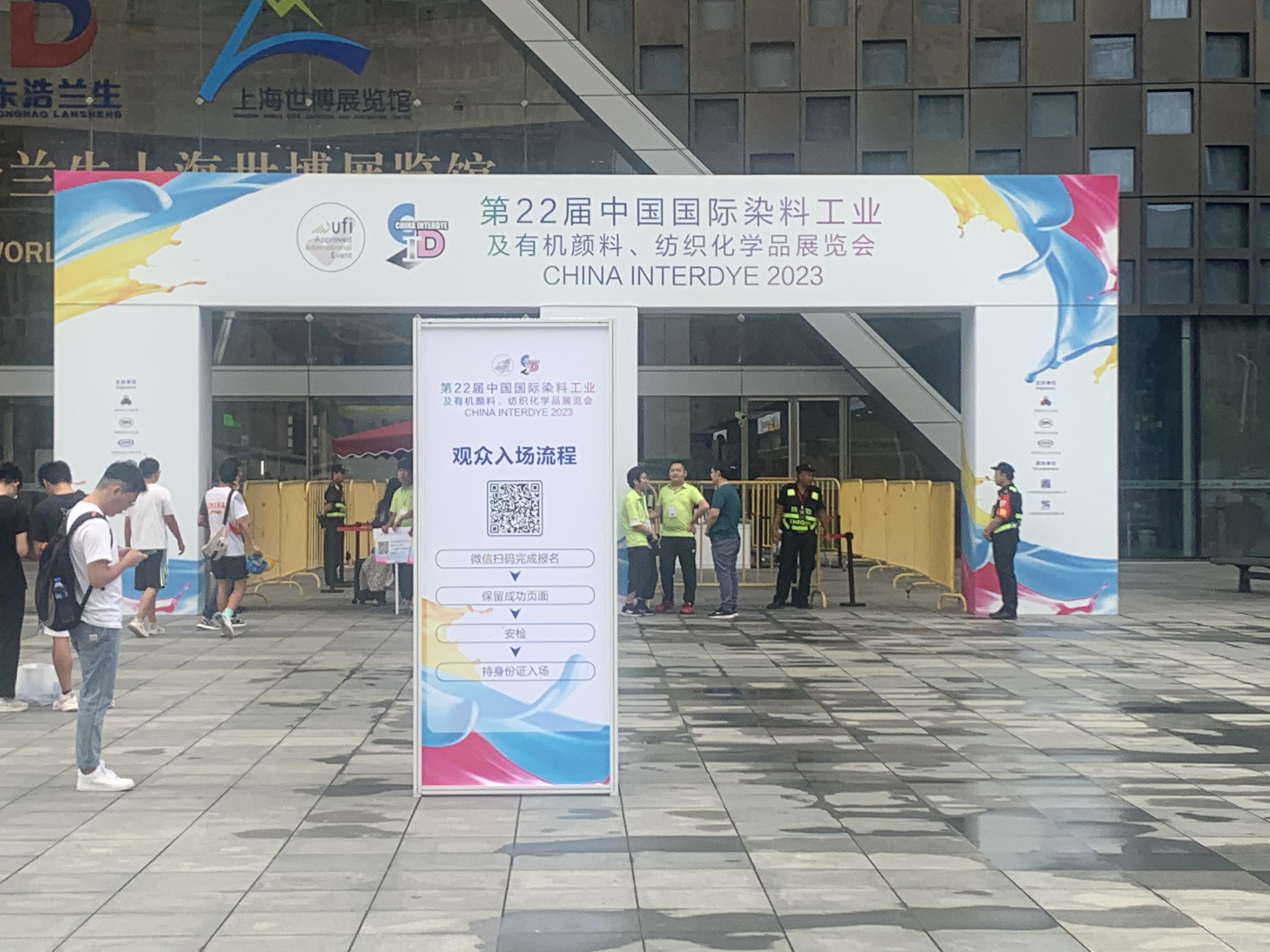Principles of Deepening Agents
Deepening agents primarily achieve color deepening effects on fabrics and other materials through physical and chemical actions. The specific mechanisms are as follows:
I. Physical Action Principles
1. Regulation of Light Absorption and Reflection
- • Reducing ReflectanceDeepening agents form a uniform film on the fabric surface, altering the path of light reflection to reduce specular reflection. This allows more light to penetrate into the fabric interior and be absorbed by fibers. For example, some deepening agents containing special optical particles can scatter light, causing multiple reflections and absorptions within the fabric, thus decreasing the intensity of reflected light and making the color appear deeper (e.g., enhancing the purity of black fabrics).
- • Enhancing Absorption CapacityCertain deepening agents have a special molecular structure that can absorb specific wavelengths of light (which would otherwise be reflected, resulting in lighter colors). By increasing the overall light absorption of the fabric, they improve color depth and saturation.
2. Optimization of Fiber Surface Properties
- • Filling Fiber GapsTiny gaps and pores exist between fabric fibers, where light scattering and reflection can reduce color depth. Deepening agents penetrate and fill these gaps, smoothing the fiber surface to minimize light scattering and enhance light absorption efficiency.
- • Increasing Fiber RoughnessContrarily, some deepening agents moderately increase fiber surface roughness, promoting diffuse reflection to extend the light propagation path on the fiber surface and enhance color depth through more absorption opportunities.
II. Chemical Action Principles
1. Chemical Reactions with Fibers
- • Forming Chemical BondsReactive groups (e.g., hydroxyl, amino groups) in deepening agent molecules can chemically react with fiber molecules. For example, the hydroxyl groups in SILIT-2638 (silicone-based) form covalent bonds with hydroxyl groups in cellulose fibers under specific conditions (e.g., temperature, pH), enhancing the agent-fiber attachment and stability to improve light absorption and scattering.
- • Changing Fiber StructureSome deepening agents (e.g., SILIT-2635 acrylic-based) alter the internal structure of fibers, such as regularizing molecular chain arrangement or adjusting crystallinity, thereby modifying optical properties to make colors richer.
2. Interaction with Dyes
- • Dye Solubilization and DispersionDuring dyeing, deepening agents improve dye dispersion and solubility in the liquor, promoting uniform adsorption and penetration into fibers to reduce color streaking. SILIT-2638 is compatible with reactive dyes (for cotton), while SILIT-2635 suits disperse dyes (for synthetic fibers).
- • Modifying Dye Molecule AggregationDeepening agents regulate the aggregation state of dye molecules on fibers: SILIT-2638 promotes high-light-absorption structures for black dyes, while SILIT-2635 prevents large-particle aggregation in colorful dyes to enhance color uniformity and saturation.
III. VANABIO Deepening Agent Models and Applications
Product Model | Composition | Core Function | Typical Color Applications | Suitable Fibers |
SILIT-2638 | Silicone-based | Enhances color depth and purity of black fabrics | Black, navy, dark gray, etc. | Cotton, linen, natural fiber blends |
SILIT-2635 | Acrylic-based | Improves vividness and uniformity of colorful fabrics | Red, green, royal blue, etc. | Polyester, nylon, synthetic fiber blends |
IV. Market Application Overview
VANABIO’s SILIT-2638 and SILIT-2635 have demonstrated outstanding performance in textile markets like India, helping local enterprises increase color depth values of cotton and synthetic fiber fabrics by 15%-30%. Certified for EU environmental standards, these products meet export requirements and are favored by global textile manufacturers for their precise adaptation to dark and colorful processes and eco-friendly compatibility.
Conclusion
VANABIO deepening agents provide precise solutions for different fibers and color needs through dual mechanisms of physical optical regulation and chemical molecular interaction: SILIT-2638 specializes in deepening black tones, while SILIT-2635 focuses on enhancing colorful saturation. Both products empower the textile industry to achieve breakthroughs in color expression and production efficiency with their eco-friendly formulations and stable performance.
For specific process parameters or sample testing, contact VANABIO for technical support.
Contact Us
Shanghai Vana Biotech Co., Ltd
📍 Address: Room 203, Building 2, No.1588 Huhang Road, Shanghai, China
🌐 Website:www.vanabio.com
📱 WhatsApp: Avery +86 15056351624


